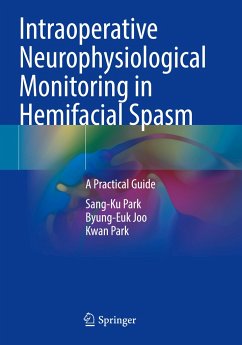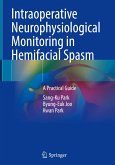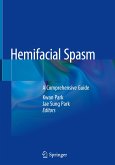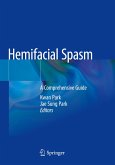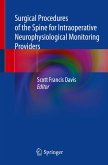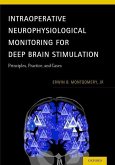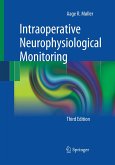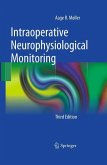This book is a comprehensive and up-to-date guide to intraoperative neurophysiological monitoring in patients with hemifacial spasm, one of the very few neuromuscular disorders that can be treated surgically.
It covers various aspects including brainstem auditory evoked potentials, lateral spread response, free-running EMG and prognosis, and intraoperative hearing loss patterns. In particular, we present detailed explanations and realistic pictures of various and subtle changes in the waveform of brainstem auditory evoked potentials and postoperative hearing.
In addition, detailed explanations and actual photos are provided for various cases, such as when the amplitude of the lateral spread response is slightly smaller during surgery, when it is lost and then measured again, or when the surgery is terminated without disappearing.
The various situations that may occur during surgery are fully covered, and the causes of and solutions to particular challenges are clearly described.
In addition, the results of each test and their association with the postoperative prognosis are explained in detail. The authors have vast experience and recognized expertise in the performance of microvascular decompression surgery and intraoperative neuromonitoring.
The book draws on their practical knowledge and many scientific contributions to offer the very latest insights into the management of hemifacial spasm. It will be an excellent guide for young neurosurgeons, neurological monitoring technologists, and neurological interpreters.
Hinweis: Dieser Artikel kann nur an eine deutsche Lieferadresse ausgeliefert werden.
It covers various aspects including brainstem auditory evoked potentials, lateral spread response, free-running EMG and prognosis, and intraoperative hearing loss patterns. In particular, we present detailed explanations and realistic pictures of various and subtle changes in the waveform of brainstem auditory evoked potentials and postoperative hearing.
In addition, detailed explanations and actual photos are provided for various cases, such as when the amplitude of the lateral spread response is slightly smaller during surgery, when it is lost and then measured again, or when the surgery is terminated without disappearing.
The various situations that may occur during surgery are fully covered, and the causes of and solutions to particular challenges are clearly described.
In addition, the results of each test and their association with the postoperative prognosis are explained in detail. The authors have vast experience and recognized expertise in the performance of microvascular decompression surgery and intraoperative neuromonitoring.
The book draws on their practical knowledge and many scientific contributions to offer the very latest insights into the management of hemifacial spasm. It will be an excellent guide for young neurosurgeons, neurological monitoring technologists, and neurological interpreters.
Hinweis: Dieser Artikel kann nur an eine deutsche Lieferadresse ausgeliefert werden.

